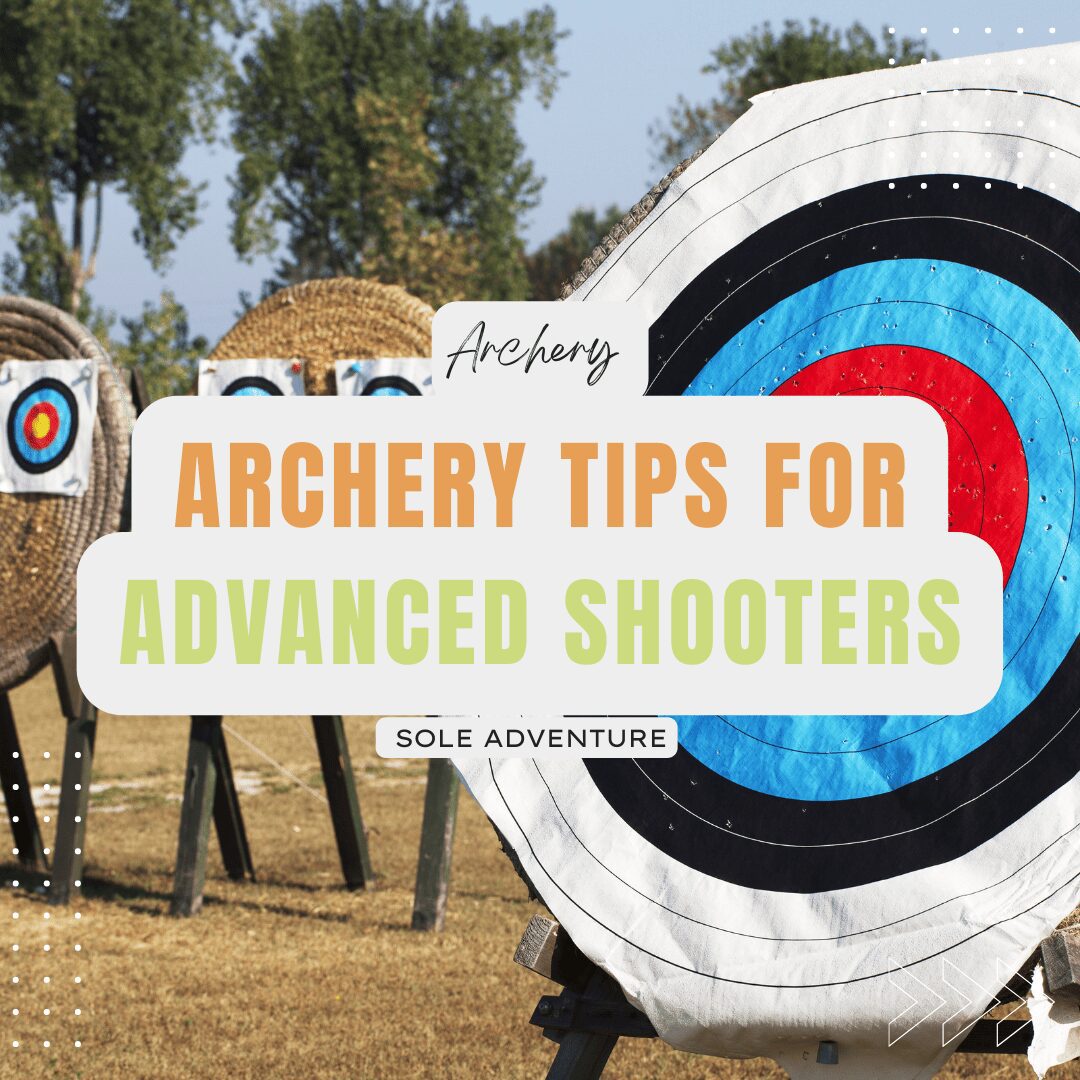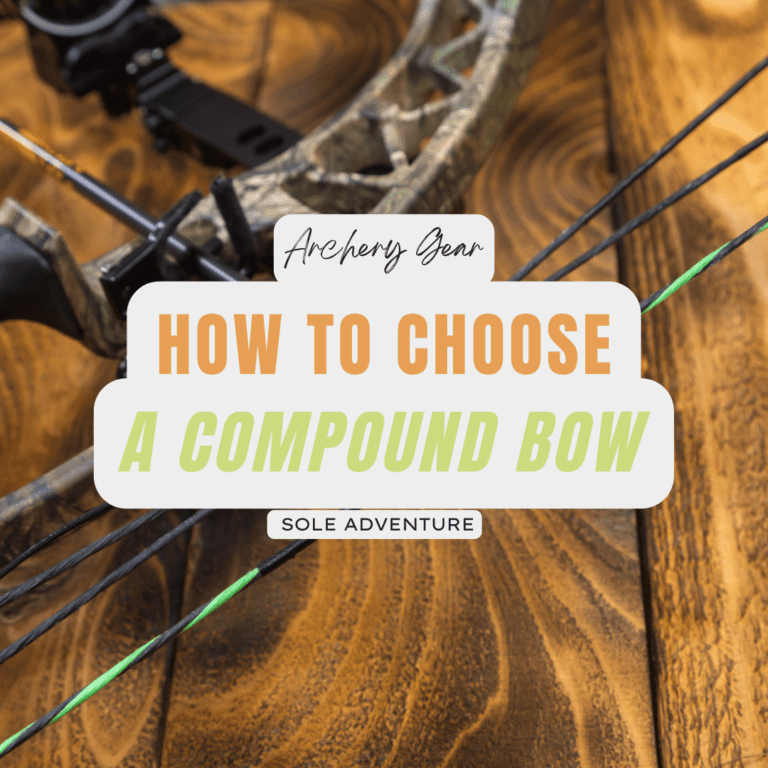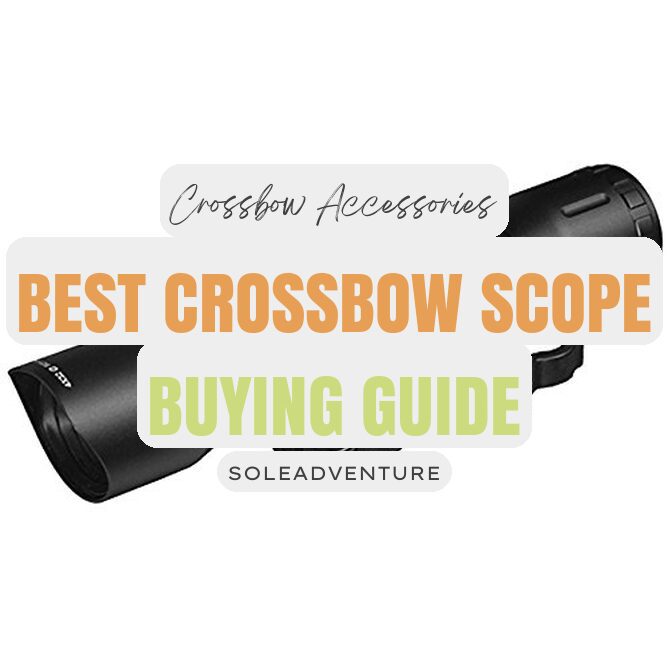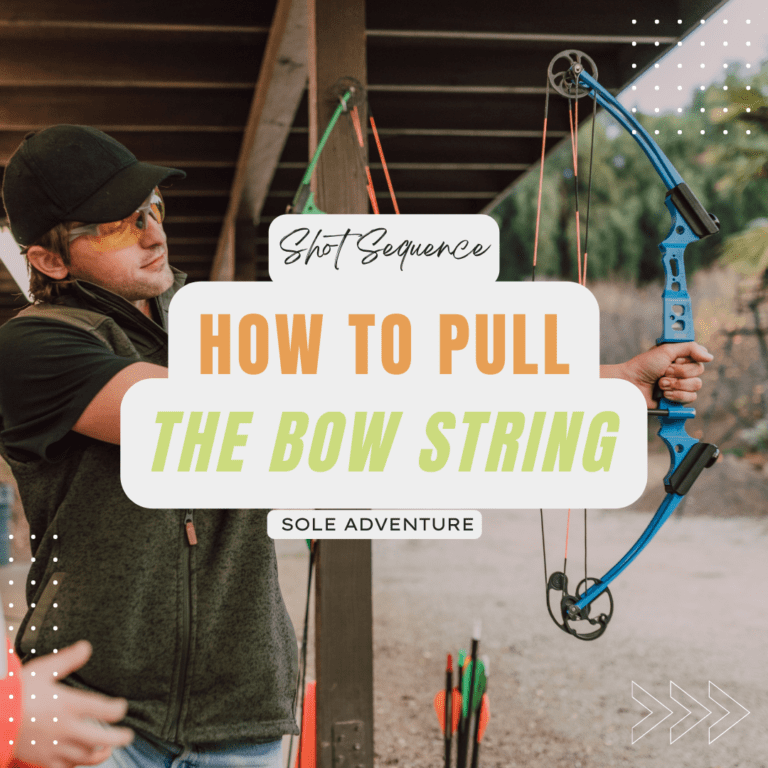Archery is a sport that is not easy to master. It takes time, patience, and a good understanding of the mechanics to be an effective archer.
Here are 10 advanced archery tips to help you improve your game.
Contents
- 1. Practice proper form
- 2. Prepare your shaft
- 3. Preventing thread issues with broadheads and field points
- 4. Bowstring Twisting
- 5. Estimating Draw Length
- 6. Grocery Bags and Bushings/Pin Nocks
- 7. Shooting with Sunglasses
- 8. Sighting in with Vertical and Horizontal Lines
- 9. Detecting Fletching Contact
- 10. Straightening Arrow Vanes
1. Practice proper form
First and foremost, you need to have a good understanding of the basics before you can move on to more advanced techniques. Practice proper shooting posture throughout the day by keeping your shoulders back and low, your stomach tight, and your arm muscles relaxed. Focus on how each individual muscle is acting and conform them to proper archery form. This can be done at a desk, walking around, or taking a quick break from whatever you are doing.
2. Prepare your shaft
Having a clean and properly prepped shaft is necessary for good vane adhesion. To remove the vanes and glue on shafts that have been previously fletched, carefully cut off the vanes with a knife without digging into the shaft itself. The vane remnants and glue can be removed by using a copper pot scrubber, but be sure that the scrubber is pure copper and not copper-plated steel (the steel can damage the shaft.) Start with light pressure with the scrubber and increase just enough to remove all remaining glue. Once the shaft is cleared of all previous vane remnants, or if using new shafts, clean the shaft using a green Scotch pad, Ajax, and hot water. Let the shafts air dry so as not to contaminate the now clean surface with any dirt or oils.
3. Preventing thread issues with broadheads and field points
Field points and broadheads tend to work themselves loose when shot, riding in vehicles, or getting jostled around. This can be prevented by putting a small amount of string wax onto the threads before screwing them into the inserts. The opposite can occur if the threads are exposed to water or other environmental effects that can cause corrosion and make the threads seize up. A little bit of wax goes a long way to preventing thread issues.
4. Bowstring Twisting
When adding or removing twists in a bowstring or cables, unwind the string or cable completely from the cam before changing the twists. Pull the string tight while twisting. This will ensure that the twists added or removed are distributed more evenly throughout the entire length and will reduce the amount of shots it takes for the string/cable system to settle in.
5. Estimating Draw Length
Using the wingspan method is an easy way to estimate your draw length. To measure wingspan, stand with your back against a wall and have someone make a mark at the tip of each of your middle fingers; now, measure the distance between the marks. Take this measurement, subtract 15″, then divide by two. This method will be very close to most people’s draw length. Of course, as with any estimation method, it is not perfect, and adjustments may need to be made to get a perfect draw length.
Here is a quick chart with the calculations already made:
| Wingspan | Draw Length |
| 61 | 23 |
| 62 | 23.5 |
| 63 | 24 |
| 64 | 24.5 |
| 65 | 25 |
| 66 | 25.5 |
| 67 | 26 |
| 68 | 26.5 |
| 69 | 27 |
| 70 | 27.5 |
| 71 | 28 |
| 72 | 28.5 |
| 73 | 29 |
| 74 | 29.5 |
| 75 | 30 |
| 76 | 30.5 |
| 77 | 31 |
| 78 | 31.5 |
| 79 | 32 |
| 80 | 32.5 |
| 81 | 33 |
6. Grocery Bags and Bushings/Pin Nocks
A great way to install pin nock bushings or uni-bushings is to use grocery bags. Place the bag loosely over the end of the arrow shaft and push the bushing along with the bag into the shaft (layer the bag for a tighter fit.) Carefully tear the bag away from the bushing; if material remains, it can be removed by burning it with a butane lighter and/or running a razor or sharp knife along the edge of the bushing.
7. Shooting with Sunglasses
When shooting with sunglasses (or any glasses), ensure that the lenses do not distort your view of the sight and target. An easy way to check this is to hold the sunglasses at arm’s length and look through them at a straight, vertical line in the distance. Turn the glasses to simulate the angle you would be looking through at the sight and target. Is the vertical line perfectly vertical, or is wavy or disjointed? If it’s not a perfect line, the lenses could distort your shooting image and cause you to be off target.
8. Sighting in with Vertical and Horizontal Lines
When sighting in, it can be helpful to use vertical and horizontal lines instead of a standard target. I make my lines using simple painter's tape in a color that contrasts with the backstop. Begin by shooting at a vertical stripe while only concentrating on lining your pin up with the stripe. This will force concentration on lining up horizontally and getting the windage set properly. Next, use a horizontal stripe to line up each pin vertically at all the necessary yardages.
I find that this is a very accurate and quick method of sighting in. Especially when shooting at longer distances. Give it a try!
9. Detecting Fletching Contact
Having good clearance on your fletchings is critical to good arrow flight and consistent accuracy. Vanes and feathers can come in contact with the rest, cable guard, cables and even some string stops if not set up properly.
A couple of ways that can be used to detect fletching contact with the rest/bow are:
- Spray foot powder on the fletchings and the riser cutout and rest. After the shot, look carefully for any foot powder marks indicating fletching contact.
- Put bright lipstick on the edges of the fletchings. If they come in contact with any part of the bow, the lipstick will leave a streak that is easily seen.
If you have an unexplained erratic flight, it could easily be due to contact you cannot find by shooting alone. Using these or other methods can save a lot of headaches and help improve arrow flight.
10. Straightening Arrow Vanes
Plastic vanes that have become wrinkled or deformed can often be straightened out by using several different methods:
- Using a blow dryer or hot air gun, carefully move the airstream up and down the length of the vane until the shape is restored
- Dip the fletchings into hot water and leave them until they straighten. If they do not straighten, try increasing the temperature of the water until they do.
- A butane lighter can be used instead of a blow dryer when in the field. Run the flame up and down the length of the vane without letting the flame touch the plastic. Be careful not to burn the vane!





